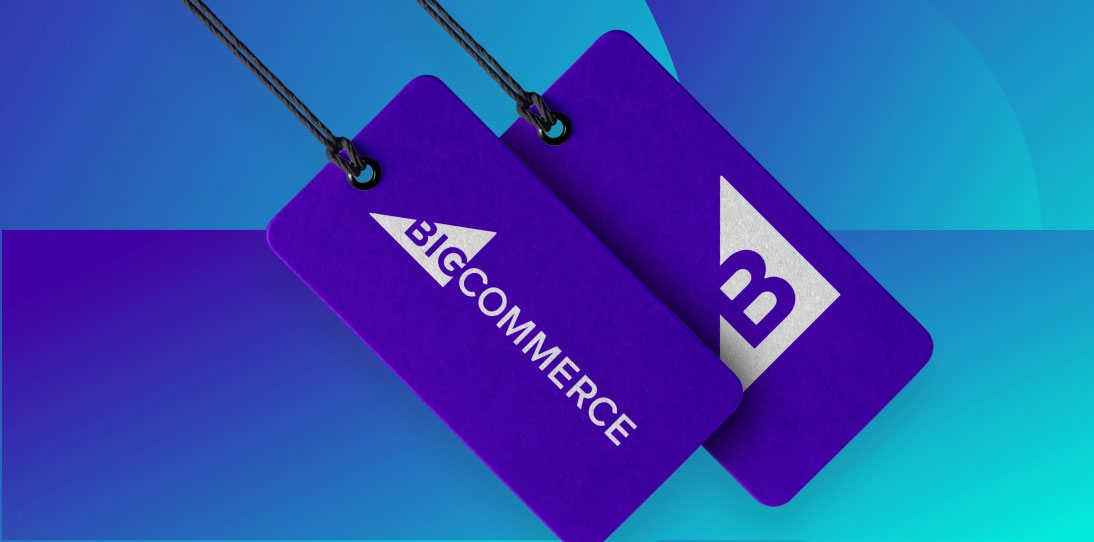How Are Desktop App, Web App, and Mobile App Similar and Different?

Applications are essential for our daily activities, from ordering food and managing finances to staying connected with family members. They can optimize tasks, improve productivity, and provide endless entertainment.
This article explains the key differences and similarities among desktop, web, and mobile apps. We’ll cover platform dependency, installation, performance, user experience, and development.
Explanation of the Basics
Definitions of desktop apps, web apps, and mobile apps
- Desktop apps: Desktop applications are software programs designed to run on a desktop or laptop computer. They are installed directly onto the device and typically require specific operating systems like Windows, macOS, or Linux. Examples include Microsoft Office, Adobe Photoshop, and media players like VLC.
- Web apps: Web applications are accessed through web browsers and don’t require installation on a device. They are hosted on remote servers and provide functionality via the Internet. Popular web apps are Google Docs, Slack, and social media platforms like Facebook.
- Mobile apps: Mobile applications are designed specifically for mobile devices. They are available through app stores like Google Play and the Apple App Store and are customized to the capabilities and interfaces of mobile operating systems. For instance, Instagram, WhatsApp, and mobile banking apps.
We also recommend learning more about timelines in app development. This additional source explains how long it takes to develop an app and how to speed up this process.
Similarities Among Desktop, Web, and Mobile Apps
Common objectives
- User experience: Whether it’s a desktop app, a web app, or a mobile app, a primary goal is to enhance the user experience (UX). This involves creating intuitive and seamless interactions that keep users engaged and satisfied. All three types of apps focus on speed, reliability, and user-friendly interfaces to ensure that users can accomplish their tasks easily.
- Specific functionalities: Each type of app is designed to provide specific functionalities adapted to its target audience. For example:
- Desktop apps often include complex features suitable for professional use, like graphic design or software development tools.
- Web apps tend to focus on accessibility and collaboration, such as cloud-based office suites or project management tools.
- Mobile apps emphasize mobility and convenience, offering features like GPS navigation, mobile payments, and social networking.
Shared technologies
- Use of programming languages: A significant similarity is the use of common programming languages across all platforms. For instance, JavaScript is widely used for developing web and mobile apps due to its versatility and extensive library support. Python is used for backend development in web apps and data processing tasks in desktop apps.
- Utilization of APIs and databases: APIs (Application Programming Interfaces) and databases are key components for all three types of apps. APIs allow different software systems to communicate with each other, which enables functionalities like payment processing and social media integration. Databases store and manage data, ensuring that users can access and manipulate information effectively. For instance:
- Desktop apps might use local databases like SQLite.
- Web apps often rely on cloud databases like Firebase.
- Mobile apps utilize both local storage and cloud databases to balance performance and accessibility.
5 Key Differences Between Desktop, Web, and Mobile Apps
1. Platform dependency
- Desktop: Desktop applications are designed to run on specific operating systems such as Windows, macOS, or Linux. Each version of the app must be developed and maintained separately for different OS environments.
- Web: Web applications are browser-based and platform-independent. They can be accessed from any device with an Internet connection and a compatible browser, which makes them highly adaptable.
- Mobile: Mobile applications are designed specifically for mobile operating systems like iOS and Android. Developers often need to create separate versions of the app for each platform to provide optimal performance and functionality.
2. Installation and accessibility
- Desktop: Desktop apps require installation on a local device. Users must download the application from a website or installation media and install it manually.
- Web: Web apps are accessible via web browsers and require no installation. Users simply visit the URL and can immediately use the application. This ease of access is one of the main advantages of web apps.
- Mobile: Mobile apps must be downloaded and installed from app stores. This process is straightforward but requires users to find and install the app before use.
3. Performance and speed
- Desktop: Desktop applications generally offer superior performance because they utilize the local system’s resources. They can run complex operations faster and more efficiently than web or mobile apps.
- Web: Web app performance is largely dependent on Internet speed and browser efficiency. With improved performance, web apps may still be slower compared to desktop apps due to their reliance on network connectivity.
- Mobile: Mobile apps are optimized for mobile hardware and provide a smooth user experience. However, performance can vary based on the device’s capabilities. High-end devices will run apps more efficiently than older or lower-spec devices.
4. User Interface and Experience
- Desktop: Desktop apps benefit from larger screens and can accommodate more complex interfaces with detailed menus and multiple windows. This makes them suitable for productivity tools and software requiring extensive user input.
- Web: Web apps often use responsive design to adapt to different screen sizes and resolutions. This ensures a consistent user experience across desktops, tablets, and smartphones. However, designing for such variability can be challenging.
- Mobile: Mobile apps are designed for touchscreen interfaces and smaller screens. This often means simpler, more intuitive interfaces with larger buttons and gestures. The design focuses on ease of use and quick interactions.
5. Development and maintenance
- Desktop: Developing desktop apps provides more control over system resources, which allows for powerful and specialized software. However, it also means more complexity in maintaining and updating multiple versions for different operating systems.
- Web: Web apps are easier to update and maintain because they have a single codebase. Updates can be introduced instantly to all users without requiring any action on their part. Also, we suggest reading about average costs for web application projects, so you will be able to calculate and optimize your budget efficiently.
- Mobile: Mobile app development requires maintaining separate codebases for iOS and Android, which can be resource-intensive. What’s more, updates must go through app store approval processes, which can delay their deployment.
Conclusion
In summary, it’s essential for businesses and developers to know the differences and similarities among desktop, web, and mobile apps. Each type of app has unique platform dependencies, installation methods, performance characteristics, and user experience requirements.
Recognizing these distinctions helps in making informed decisions when choosing the right app type to meet specific needs. Ultimately, selecting the appropriate app depends on the target audience, desired functionalities, and resource availability. When taking into account these factors, businesses can effectively deliver the best user experience and developers can optimize their app development strategies.
- Tune In: Music Streaming Apps Like Pandora - June 20, 2024
- A Career as a Software Engineer: Pathways and Opportunities - June 20, 2024
- How to Create a User-Friendly Website - June 20, 2024








